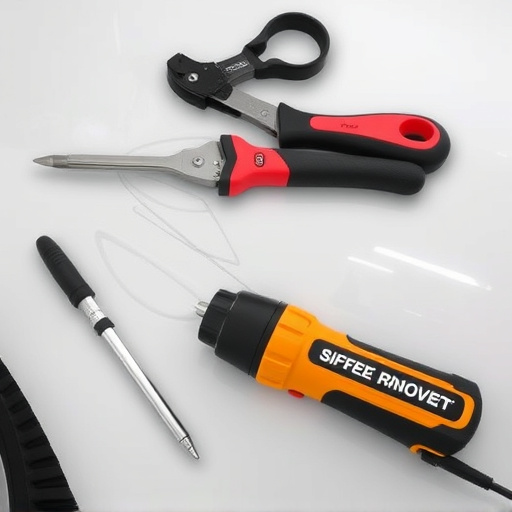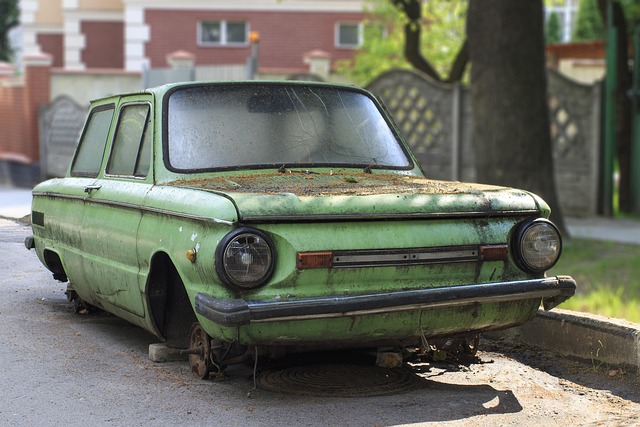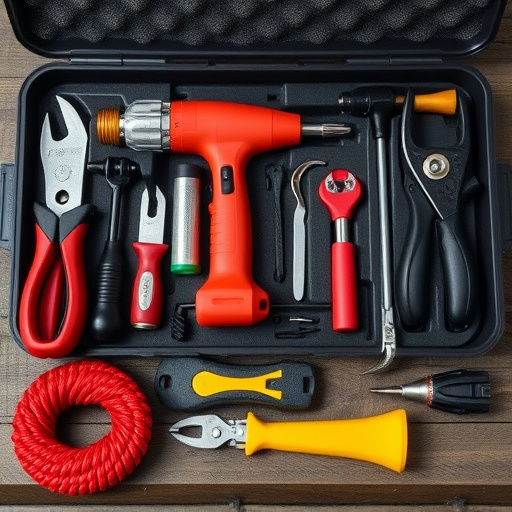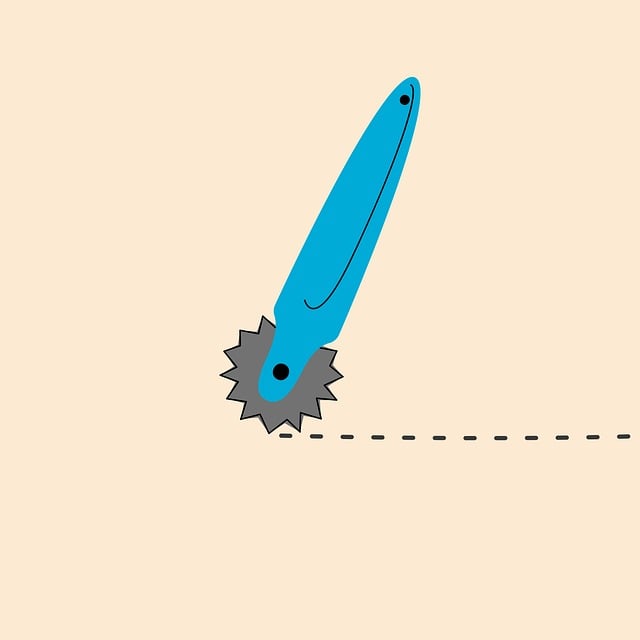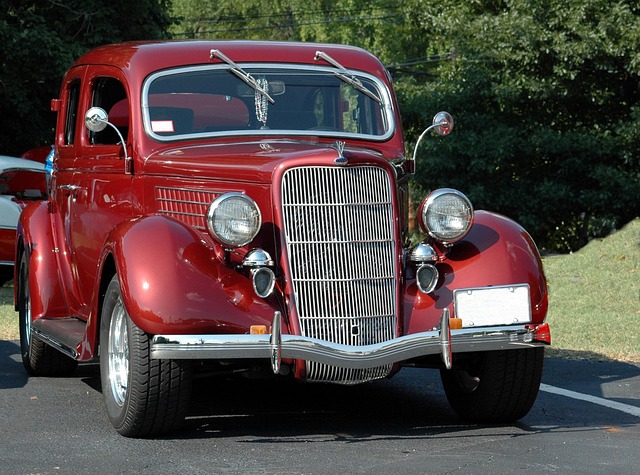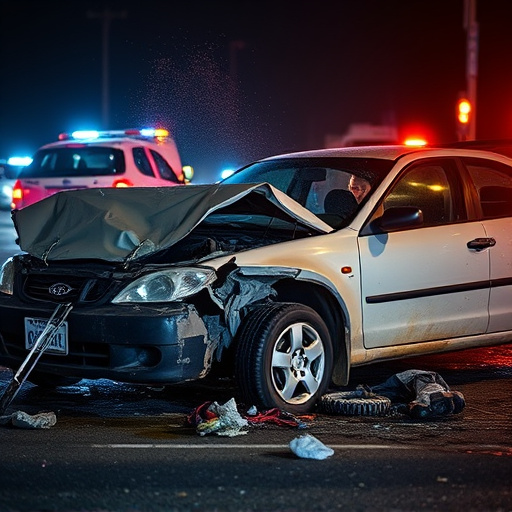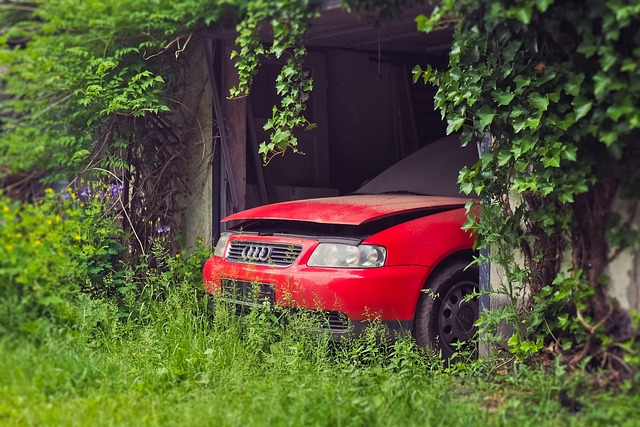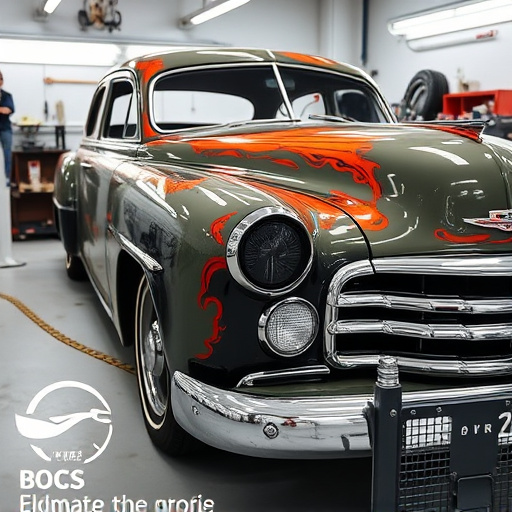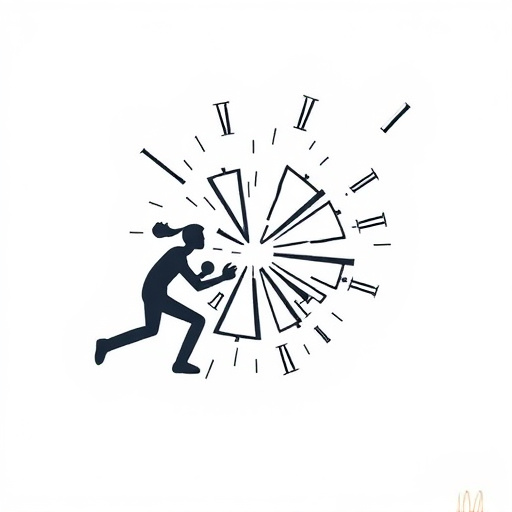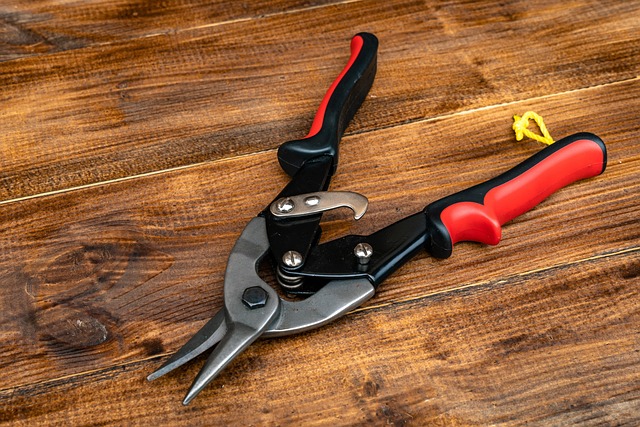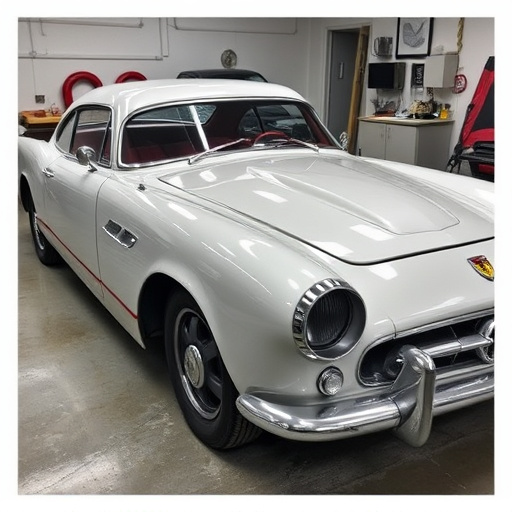Mercedes ADAS (Advanced Driver Assistance Systems) relies on sensors, cameras, and radars integrated into a vehicle's bodywork to monitor surroundings and prevent accidents. After modifications like bumper reinstalment, precise Mercedes ADAS calibration is crucial for optimal performance. Professional car repair services specialize in this, ensuring sensor and software reconfiguration maintains safety feature integrity for passenger well-being. Skipping calibration can lead to system malfunctions, reduced safety margins, and unexpected behavioral changes in adaptive cruise control, lane-keeping assist, and collision avoidance systems.
After reinstalling a bumper or grill on your Mercedes, a crucial step often overlooked is the requirement for Mercedes ADAS (Advanced Driver Assistance Systems) calibration. These systems, integral to modern vehicle safety, demand precise configuration to ensure optimal performance. Understanding Mercedes ADAS and its components is key, as misalignment can lead to system malfunctions. This article delves into why calibration is vital post-reinstallation, outlining the process for restoring your Mercedes’ safety features to their full capabilities.
- Understanding Mercedes ADAS and Its Components
- Why Calibration is Necessary After Bumper/Grill Reinstallation
- The Process of Mercedes ADAS Calibration
Understanding Mercedes ADAS and Its Components
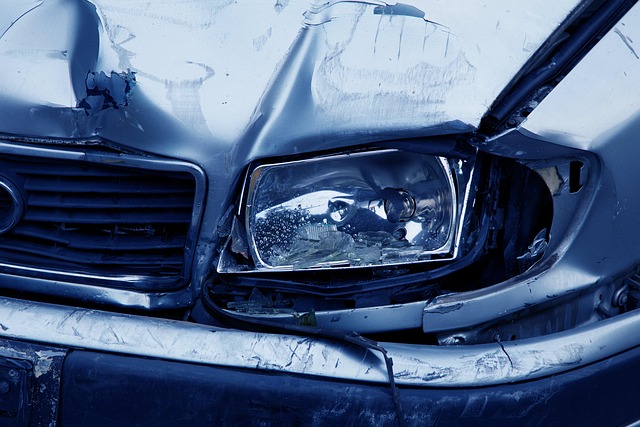
Mercedes ADAS (Advanced Driver Assistance Systems) is a suite of sophisticated safety features designed to enhance driving experiences and prevent accidents. This technology relies on a network of sensors, cameras, and radars integrated into the vehicle’s car bodywork services to monitor surroundings and make real-time decisions. Key components include Lane Keeping Assist, Active Distance Control, Blind Spot Monitoring, and more.
Proper Mercedes ADAS calibration is crucial after any modifications or repairs involving the car’s front end, such as reinstallation of a bumper or grill. Even minor adjustments can disrupt the system’s accuracy, leading to suboptimal performance. Professional car repair services specializing in ADAS calibration ensure precise reconfiguration of sensors and software, maintaining the integrity of these safety features, which are as vital as regular car scratch repair for the overall well-being of both passengers and other road users.
Why Calibration is Necessary After Bumper/Grill Reinstallation
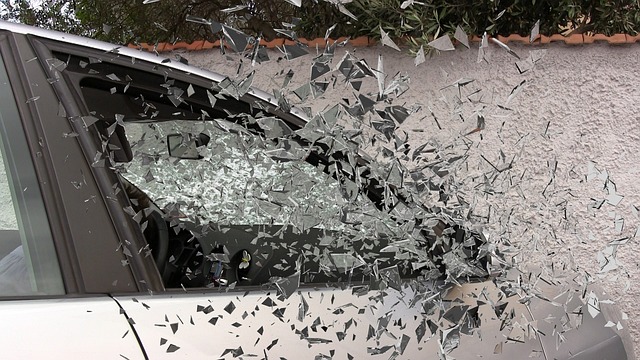
After reinstalling a bumper or grill on a Mercedes vehicle, proper Mercedes ADAS calibration becomes absolutely crucial. Advanced Driver Assistance Systems (ADAS) rely on precise sensor alignments and configurations to function optimally. When a bumper or grill is replaced, it can alter the vehicle’s overall balance and the positioning of sensors like cameras, lidars, and radars, which are integral components of ADAS. These changes can lead to inaccuracies in systems such as adaptive cruise control, lane-keeping assist, and collision avoidance, potentially compromising both safety and performance.
Therefore, a comprehensive Mercedes ADAS calibration is essential following any auto body repair involving the bumper or grill. This process ensures that all sensors are aligned correctly with the vehicle’s new geometry, allowing ADAS features to operate seamlessly and effectively. Without this critical step, drivers may experience system malfunctions, reduced safety margins, and even unexpected behavioral changes in their Mercedes’ advanced driver assistance capabilities—issues that can be avoided through proper calibration after any significant automotive repair, including vehicle paint repair or comprehensive auto body repair services.
The Process of Mercedes ADAS Calibration
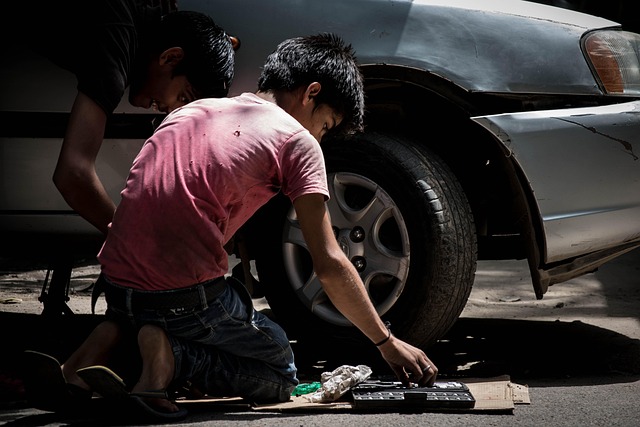
The process of Mercedes ADAS calibration is a meticulous task that requires specialized equipment and expertise. Following any collision or car body restoration, including bumper or grill reinstallation, it’s crucial to realign and recalibrate the Advanced Driver-Assistance Systems (ADAS). This ensures the sensors function at peak performance, enhancing safety features like lane keeping assist, adaptive cruise control, and automatic emergency braking.
During Mercedes ADAS calibration, a professional technician uses diagnostic tools connected to the vehicle’s computer system. They meticulously adjust parameters within the software to match the physical positioning of sensors after any automotive repair or collision center work. This precise recalibration allows the car’s systems to accurately detect and interpret surrounding environments, enabling optimal performance in both daily driving and emergency situations.
After reinstalling a bumper or grill on your Mercedes, proper Mercedes ADAS calibration is crucial for ensuring the safety and effectiveness of advanced driver-assistance systems (ADAS). Without this critical step, sensors may be misaligned, leading to suboptimal performance. A professional calibration ensures your vehicle’s systems, including lane keeping, adaptive cruise control, and collision prevention, operate at peak precision, enhancing both your driving experience and safety on the road.



